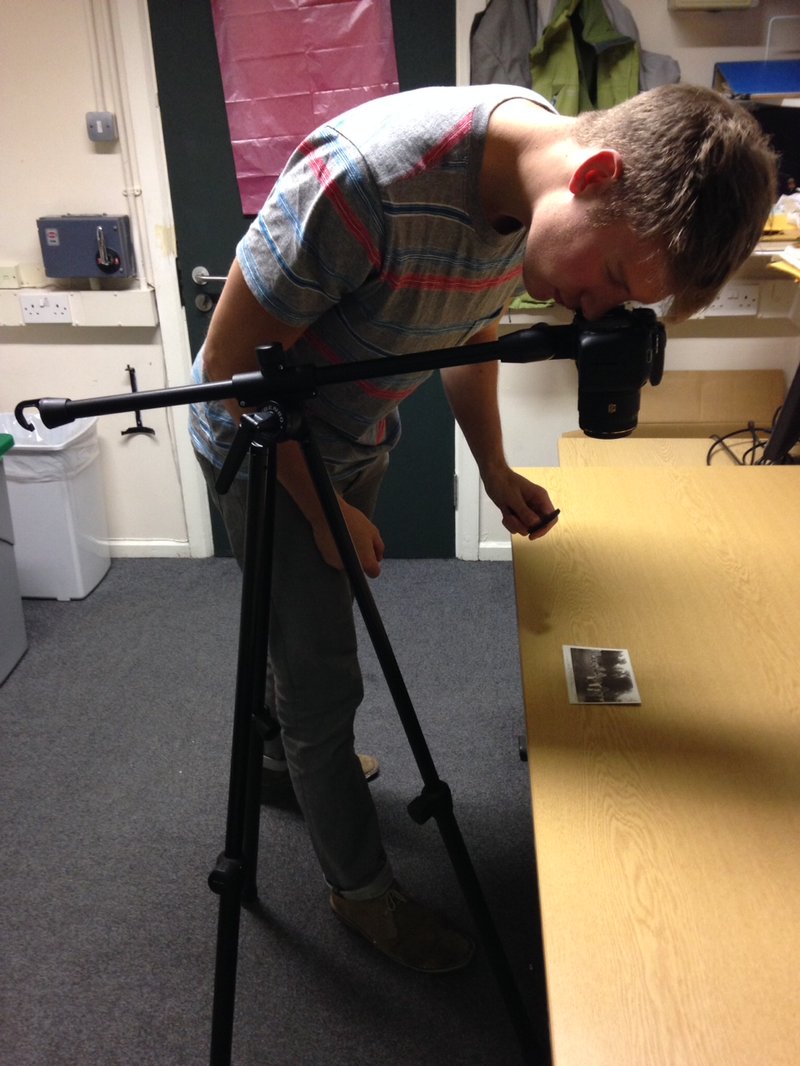Introducing the Team: Tom Hulme
I am the King’s College London based researcher for the Redress of the Past project, responsible for archival research in the South of England and parts of the Midlands and Wales; maintaining the website and blog; and organizing the large conference that will take place in 2016. Previous to taking up this position I was based at the Centre for Urban History, University of Leicester, where I completed a PhD in October 2013.
It was during my doctoral research on Manchester and Chicago in the 1920s and 1930s that I first became aware of historical pageantry. My thesis investigated local understandings of citizenship, and the ways in which municipal government and voluntary associations worked together towards creating a sense of civic pride and identity. Events like historical pageants ticked all the boxes; they were local, participatory, grand, and, above all, concerned with telling a particular story about the past and the present of the city and its inhabitants.
Manchester staged a historical pageant in 1926 as part of its larger Civic Week celebration - an event that aimed to introduce the citizen to the work of the local government and awaken an interest in local and municipal matters. All of the pageant episodes were based on the Town Hall murals of pre-Raphaelite painter Ford Madox Brown, such as the The Romans Building a Fort at Mancenion or the Opening of the Brigewater Canal in 1761, apart from the final tableaux which, uncommonly for pageants in this period, ended with a depiction of Manchester’s heroic efforts in the First World War and a symbolic show of ‘the unity of past, present and future.’ Four years previously, in 1922, Chicago held a similar civically focused event: the Pageant of Progress. As a new nineteenth-century city Chicago had less material than Manchester to draw upon to create a historical pageant. Reflecting the 1920 suffrage victory, the Illinois Federation of Women’s Clubs instead created a pageant of women, featuring two-thousand performers, with historical figures like Cleopatra, Mary Queen of Scots, Spartan mothers, Biblical heroines, and allegorical figures of Prophesy and Justice signifying the ‘steady march of womanhood from the dawn of history to the present.’
These two pageants were totally different, reflecting diverse contexts and goals. It is this aspect of historical pageants that interests me the most; while, at first glance, they may seem generic, with detailed research it becomes apparent that they were actually unique expressions of the civic culture in which they were created. As we get deeper into the many pageants that took place across the twentieth century I look forward to finding more quirky episodes, local traditions, fabulous costumes, and perhaps even the chance to have a dress up myself…

Trying out the new equipment
